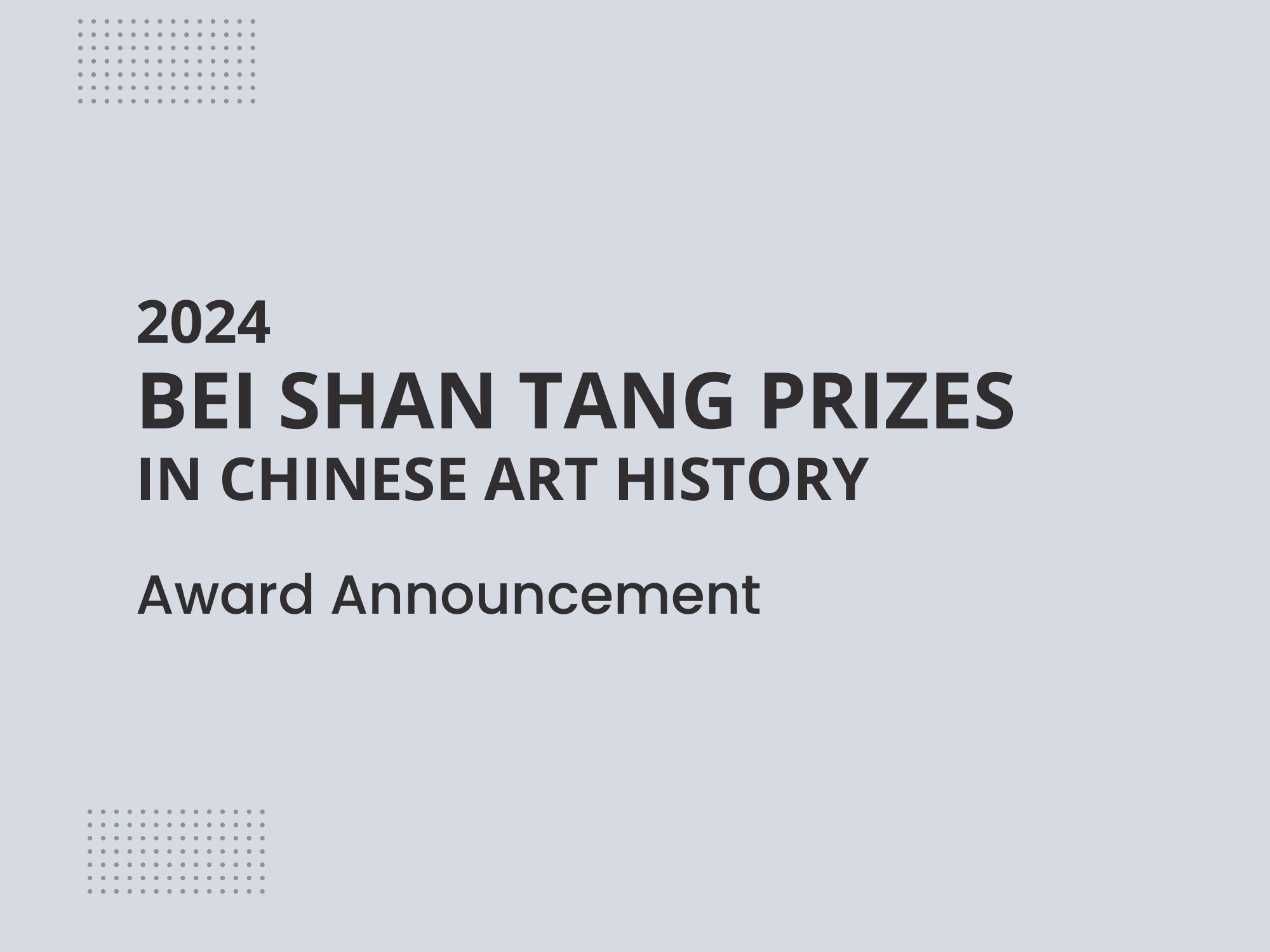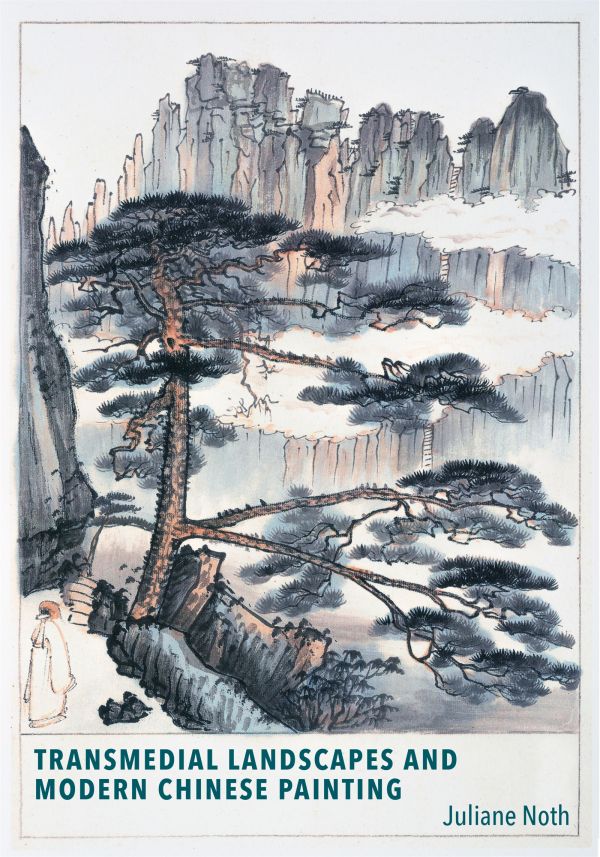
to top
We extend our warmest congratulations to the winners of the 2024 Bei Shan Tang Prizes in Chinese Art History. The Prizes will be presented at the upcoming AAS Awards Ceremony and Member Meeting on March 16, 2024, in conjunction with the AAS 2024 Annual Conference in Seattle, Washington, from March 14 to 17.
See previous winners of the Prizes on the website of the Association for Asian Studies.


2024 Bei Shan Tang Monograph Prize
Juliane Noth, Transmedial Landscapes and Modern Chinese Painting (Harvard University Asia Center)
Chinese ink painters of the Republican period (1911–1949) creatively engaged with a range of art forms in addition to ink, such as oil painting, drawing, photography, and woodblock prints. They transformed their medium of choice in innovative ways, reinterpreting both its history and its theoretical foundations. Juliane Noth offers a new understanding of these compelling experiments in Chinese painting by studying them as transmedial practice, at once shaped by and integral to the modern global art world.
Transmedial Landscapes and Modern Chinese Painting shines a spotlight on the mid-1930s, a period of intense productivity in which Chinese artists created an enormous number of artworks and theoretical texts. The book focuses on the works of three seminal artists, Huang Binhong, He Tianjian, and Yu Jianhua, facilitating fresh insights into this formative stage of their careers and into their collaborations in artworks and publications. In a nuanced reading of paintings, photographs, and literary and theoretical texts, Noth shows how artworks and discussions about the future of ink painting were intimately linked to the reshaping of the country through infrastructure development and tourism, thus leading to the creation of a uniquely modern Chinese landscape imagery.
Juliane Noth is Professor of East Asian Art History at Freie Universität Berlin.
Praise:
‘[An] important new volume…It will be necessary reading for all scholars of Republican China’s cultural politics.’—Craig Clunas, Journal of Chinese History
‘A comprehensive and insightful series of analyses on the problems of landscape painting and its practitioners at the junction of intermediation via photography, and on the need to proclaim and reinforce the continuity of ‘Chinese landscape painting’. Because of its detail and precise analysis this text will be an important reference for some time.’—John Clark, 21: Inquiries into Art, History, and the Visual

2024 Bei Shan Tang Catalogue Prize
Stephanie Tung and Karina Corrigan, editors, Power and Perspective: Early Photography in China (Peabody Essex Museum/Yale University Press)
A critical reconsideration of the history of photography that explores how commerce and conflict fueled its practice in nineteenth-century China
Photography’s development as a new form of art and technology coincided with profound changes in the way China engaged with the world in the nineteenth century. The medium evolved in response to war, trade, travel, and a desire for knowledge about an unfamiliar place. Power and Perspective provides a rich account of the exchanges among photographers, artists, patrons, and subjects in the treaty port cities that connected China and the West. Drawing primarily from the Peabody Essex Museum’s historic and largely unpublished collection of photographs, this generously illustrated volume examines the confrontations and collaborations that shaped the adoption and practice of photography in China. Offering an original reassessment of the colonial legacy of the medium, Power and Perspective addresses photography’s representations of racial hierarchy and its entanglement with histories of European imperialism in nineteenth-century China.
Karina H. Corrigan is associate director–collections and the H.A. Crosby Forbes Curator of Asian Export Art, and Stephanie H. Tung is the Byrne Family Curator of Photography, both at the Peabody Essex Museum.
Praise:
‘This substantial and lavishly illustrated book is an important contribution to scholarship. . . . A timely reassessment of early photography in China that urges readers to reflect.’—Claire Roberts, Burlington Magazine